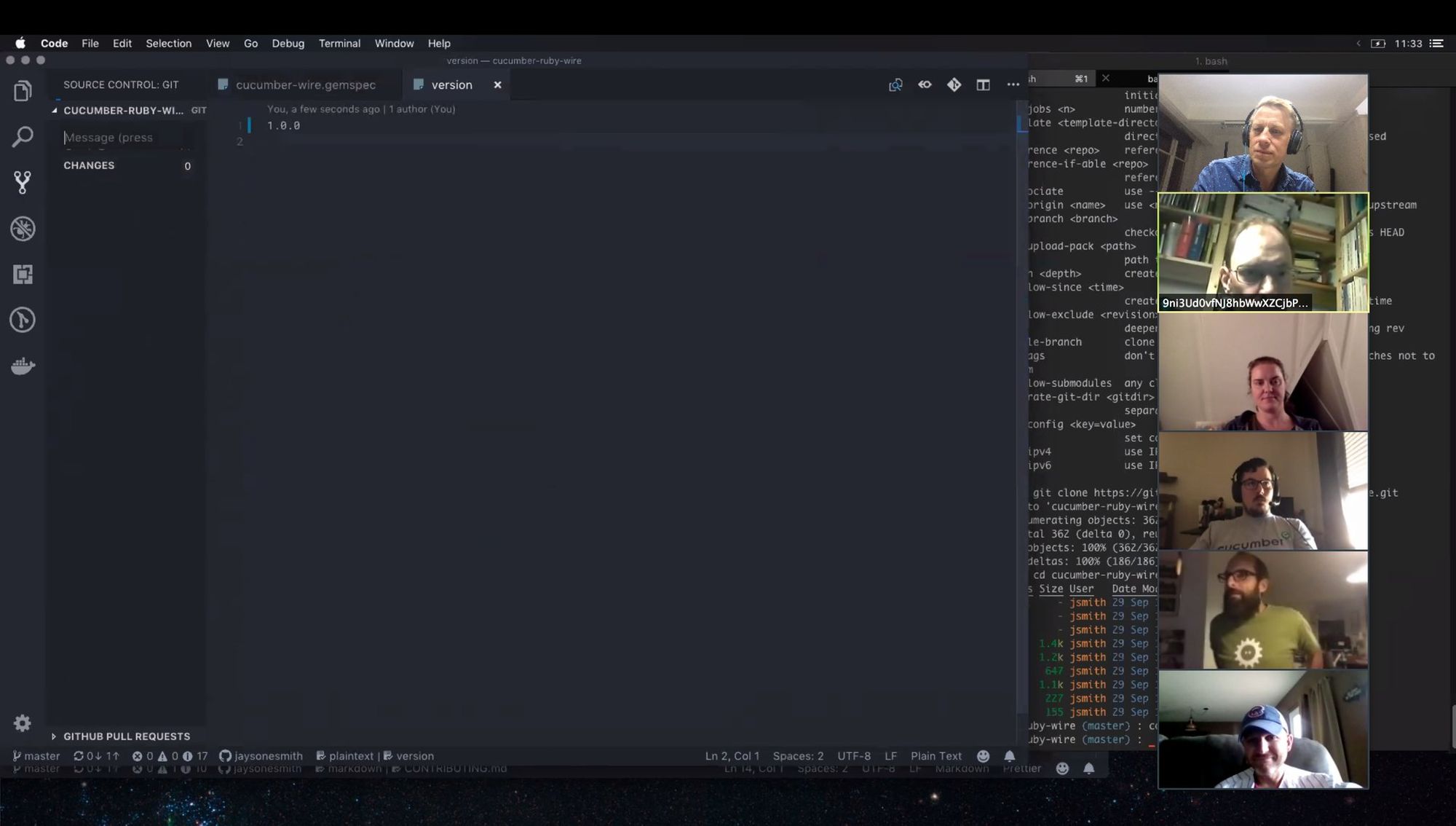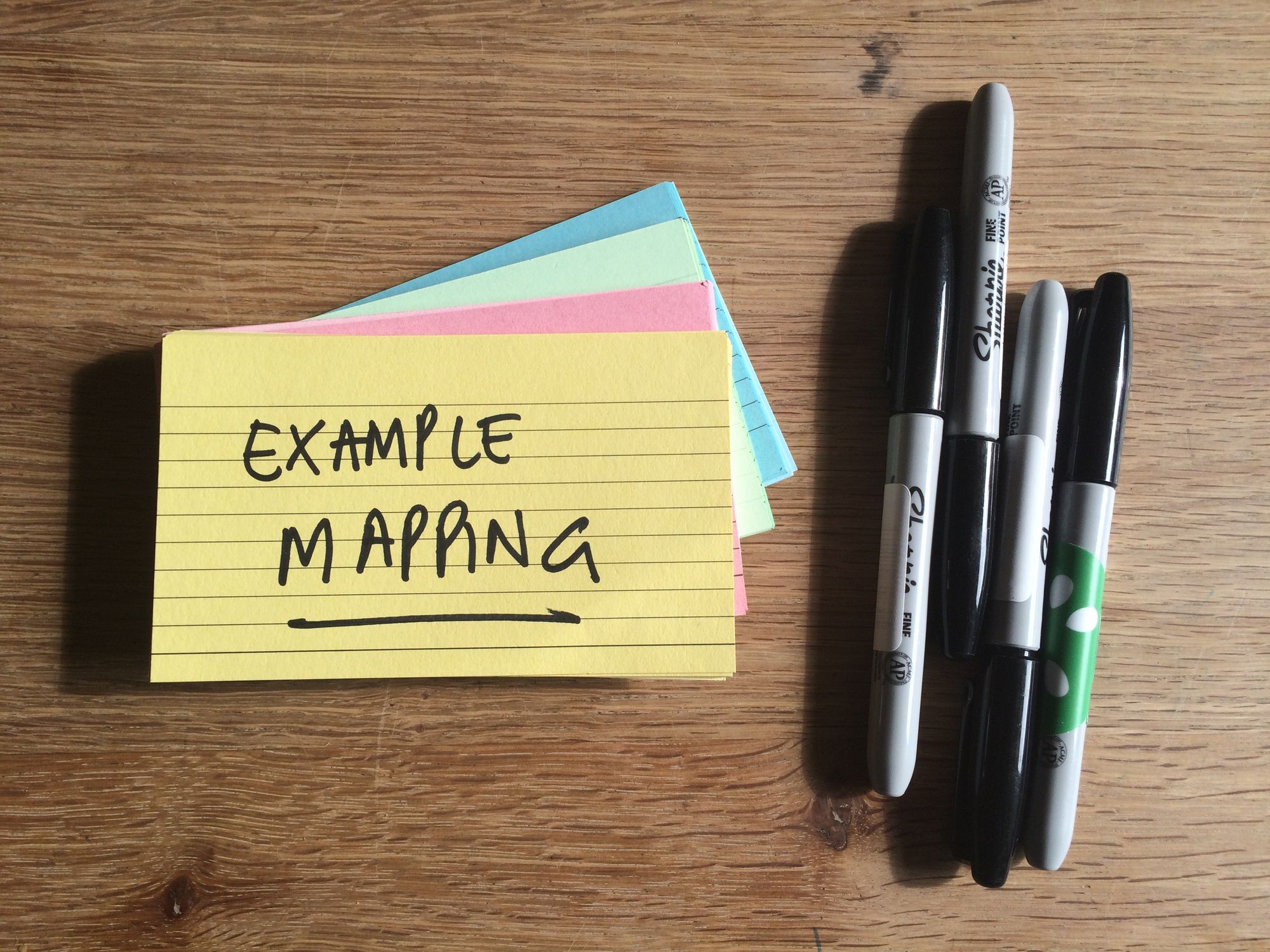Example-guided development: A useful abstraction for the xDD family?
Example-guided development is a suggested new catch-all term for the family of practices variously known as Test-Driven Development (TDD), Behaviour-Driven Development (BDD), Acceptance-Test-Driven Development (ATDD) and Specification by Example (SbE) that has been causing a bit of excitement in the agile community. This post aims to give you a summary of where this new term comes from and why it could make a useful addition to our industry's vocabulary.



